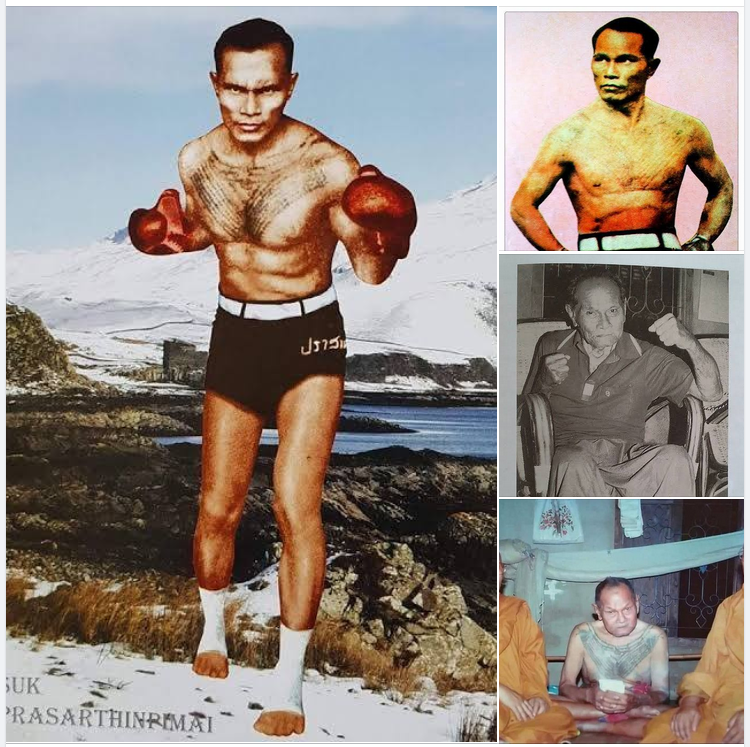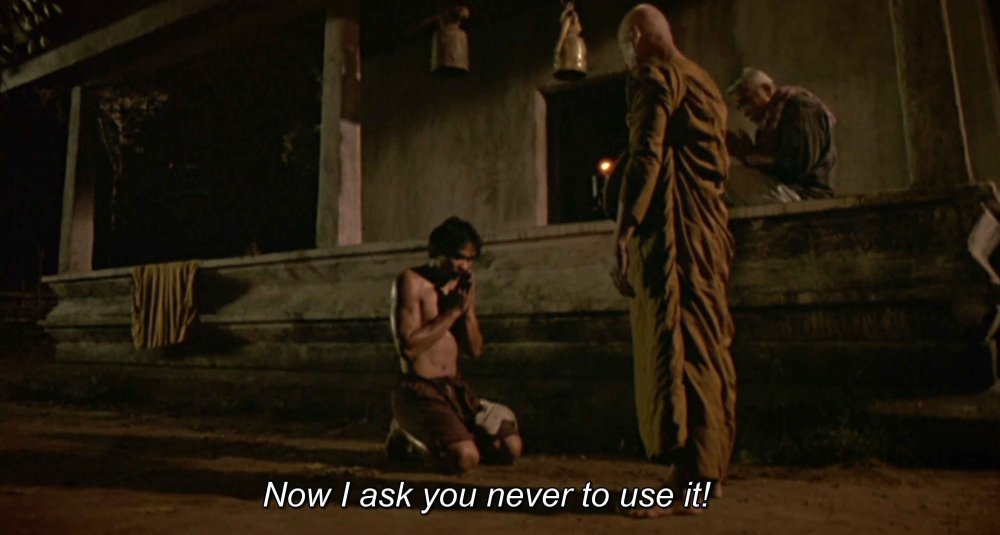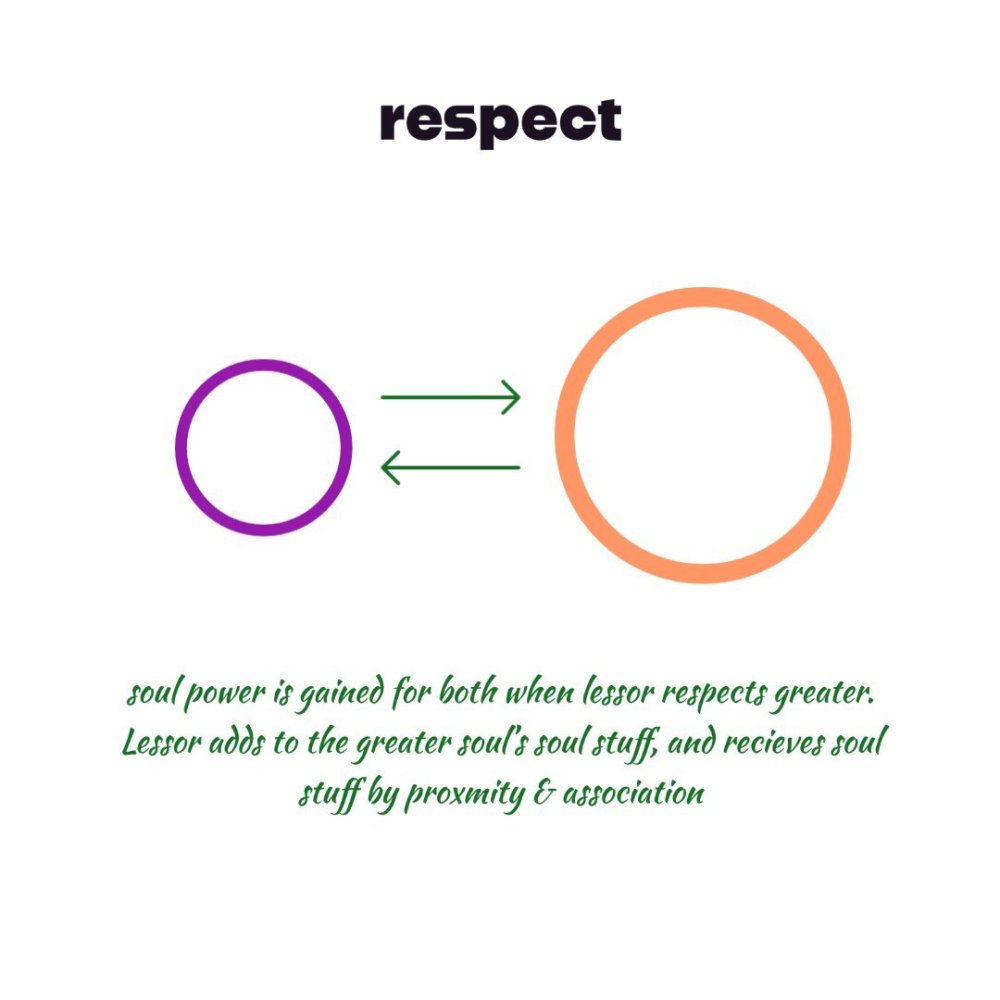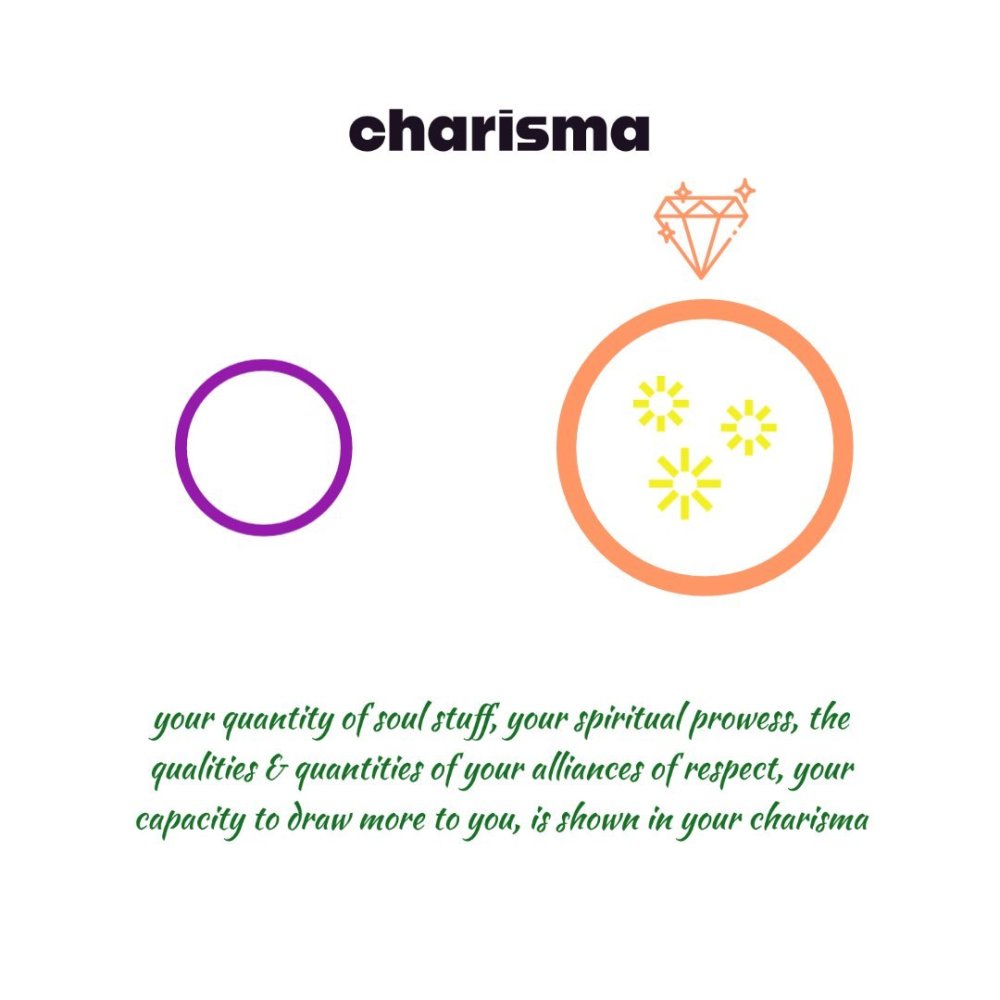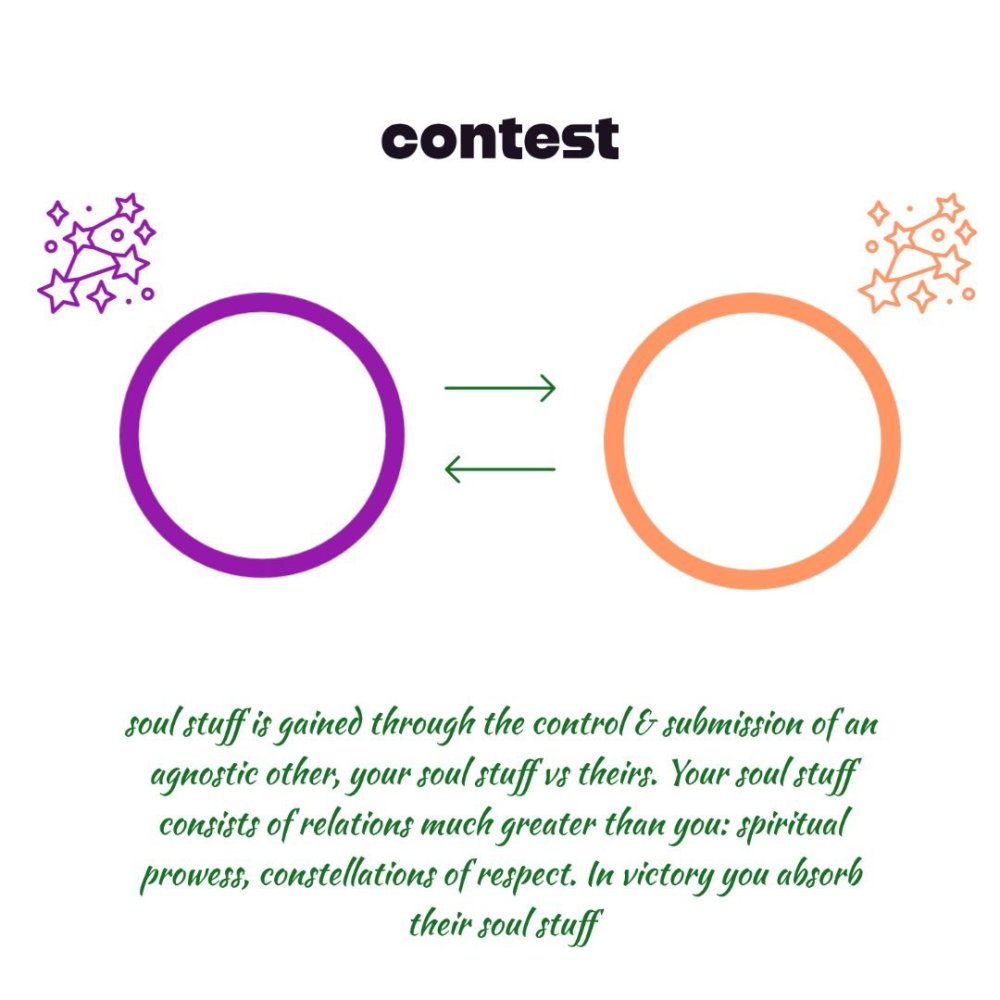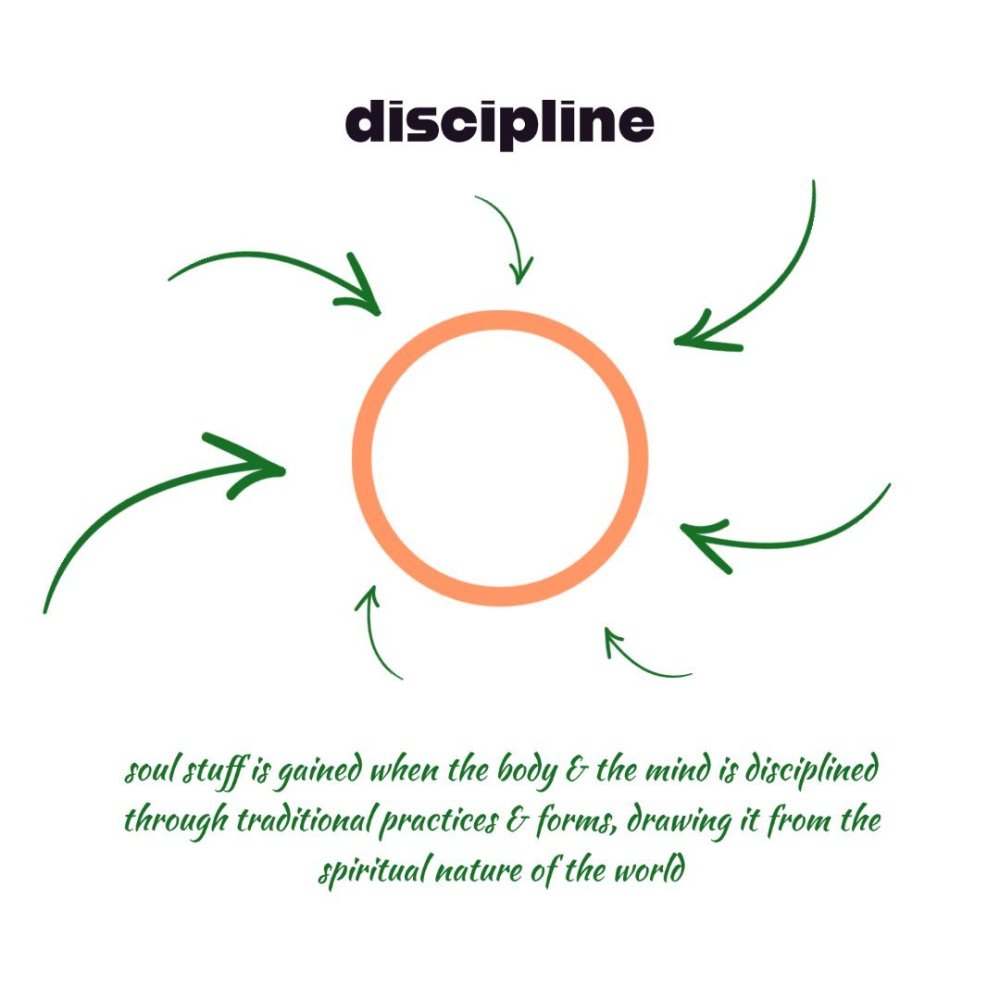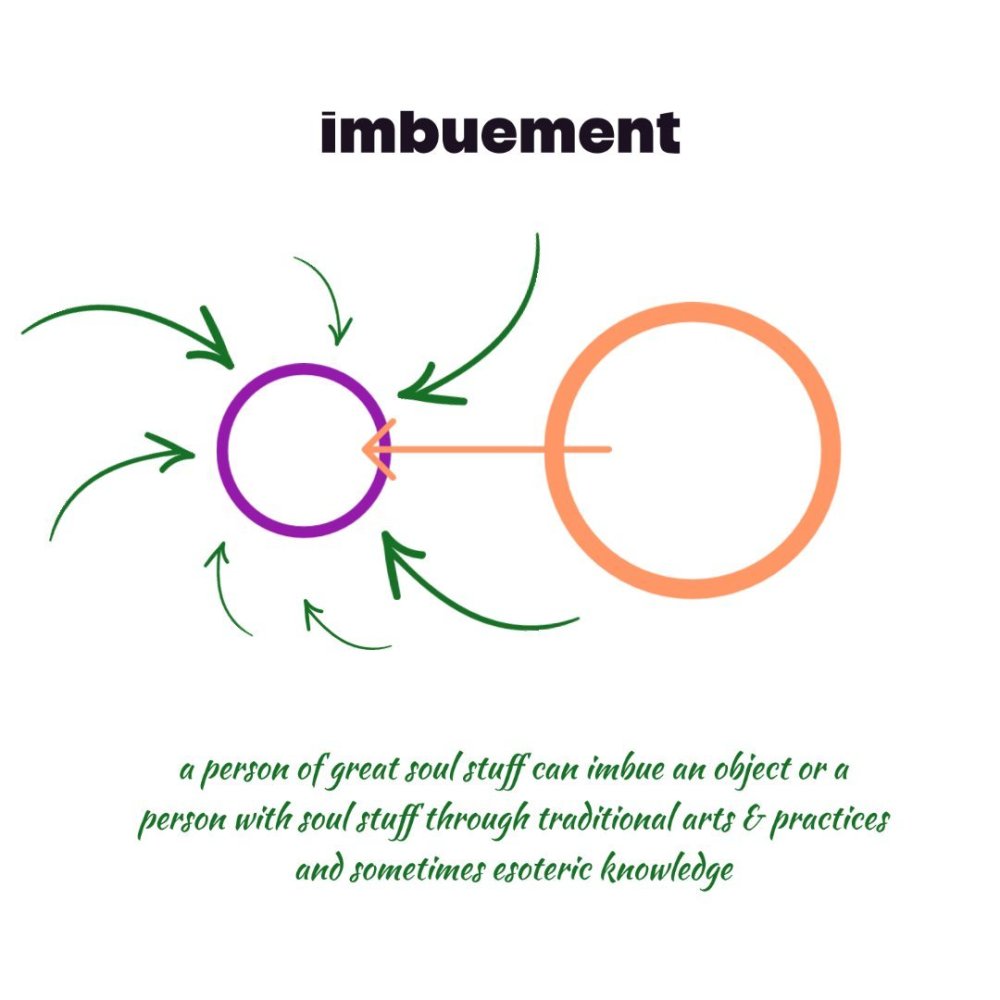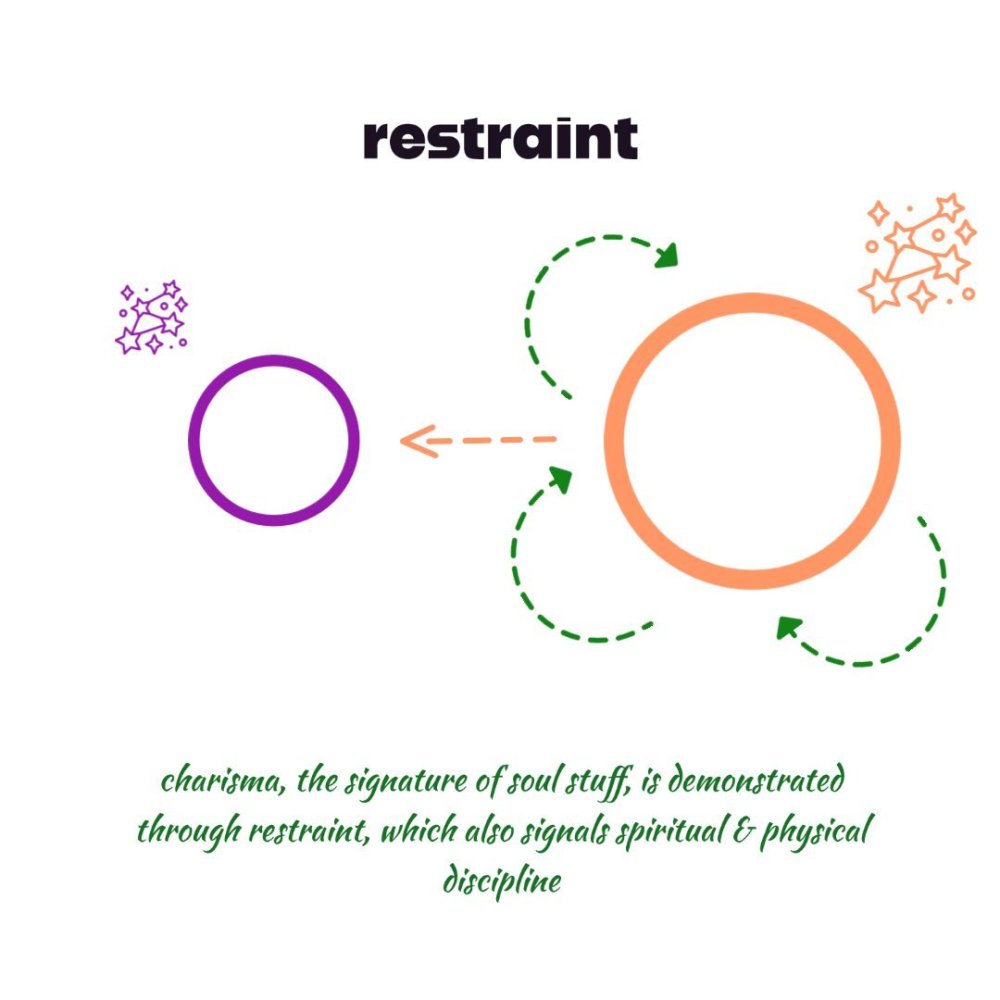-
Posts
2,264 -
Joined
-
Days Won
499
Everything posted by Kevin von Duuglas-Ittu
-
My experience is that there is an absolute dearth of English language study on Thailand's Muay Thai, even broadly, but that the kinds of questions you are digging into fall into the center of the aporia. One has to really reach out into other subjects or examples of study, from other cultures...or, look for the examination of other aspects of Thai or Southeast Asian culture, and just piece together a perspective. Most of the first hand adventure tourism contacts are quite myopic, and the few more academic approaches lack direct involvement. There is no Bourdieu-like perspective that is out there. And really only Sylvie through her documentary work, and her historic fight record experiences (nearly 300 fights), even brings the material for making such a perspective...though that isn't her intent.
-
Yes, its a radically different kind of conception. The Western sport concept of "fair" is the elimination of outside influence and largely a question of measurement or tabulation. The best description I've found of Thai (festival style) fight gambling logic, in the literature, was Clifford Geertz's classic study of Balinese Cockfighting. This mapped very well onto things we've experienced. I attach that essay in this post: I talk about the Thai gambling reality of "other minds" and outside forces beyond the ring in this speculative post, which pulls in the necessary connection to powers beyond the ropes: The concept of merit earning though, I think, has to be central.
-
To me, most of this understanding is to be found in the social form of the kaimuay. This has great variability, but as family space, the pseudo-orphanage, the novice monk parallel, the "camp" in all of its forms captures the meaning of Muay Thai as a social practice and a subject-conditioning context. But there is very little of value written about this. Maybe the "best" (?) isn't Muay Thai or the same culture at all, Loic Wacquant - Body & Soul_ Notebooks of an Apprentice Boxer (2003)
-
Nah, I don't really think it is that, at least in the way that we think of Boran now, like a lost form of archaic Muay Thai. In general there has been an increasing pressure from gambler interests to reduce risk-taking moves. This has resulted in fewer and fewer techniques being seen in the ring (it has been said). Maybe there was a sense that they wanted to stimulate more risk-taking, more technical skills being shown (but not necessarily because they were older). I don't think the bonus techniques were all Boran (Older), maybe just more varied. But as far as we heard not many fighters really pursued these bonuses in an effective way.
-
I'm sure you've run into Peter Vail's work as he has several things to say about Muay Thai and its image building. I've specultatively written a lot on these subjects, but perhaps in aspects that would not be helpful. You can find my studies here: https://8limbsus.com/muay-thai-forum/forum/23-kevins-corner-muay-thai-philosophy-ethics/ As to your specific questions I think we have only very surface answers. There was a Lumpinee bonus policy (and a sign in the locker room) for specific technique knockouts. But we don't have details on those (it seems it wasn't much of an incentive.) Not sure about Rajadamnern. I think Channel 7 had bonuses, but not sure. These may have not been mostly Boran techniques. Sorry, these are just things we've run into in passing. And yes we are told that Muay Thai is part of the physical education in school. None of this information is established or detailed enough though to include in a study, unfortunately.
-
This is probably far afield, but reading your thoughts brought to mind this thread I did on how Thailand's rigors of training, the very shape of its hyper-masculine practice, support a kind of trans- experience for Westerners. Lots of sociology and theory in this thread, but who knows it might connect up with other thoughts:
- 7 replies
-
- 2
-

-
- therapy
- philosophical
-
(and 3 more)
Tagged with:
-
The above is a kind of rough hypothesis, joining together broad brush issues of social mobility in traditional culture, Buddhistic cultivation of the proper affects, and the aesthetics of meaningful fighting in the culture. Along these same lines one could consider the traditional role of Muay Khao in the Muay Khao vs Muay Femeu dynamic. This could be considered a Bull vs Matador aesthetic, which I've argued expresses a deeper aesthetic dyad (the divinity vs the animality dyad). In thinking about social mobility within the culture, and the socio-economic factor in fighting style, it needs to be noted that the "femeu" fighter is often associated with the sophistication of the Capital of Bangkok (even though some provincial centers like Khon Kaen have produced a great number of Femeu fighters, Karuhat, Somrak, Pudpadnoi, etc), and Muay Khao, a style pridefully expressive of physical endurance, strength and a spirit of persistence, is strongly associated with rural life and the provinces. The classic Muay Khao vs Muay Femeu matchup of the Golden age could be seen as a passion play of the strong-from-work farmer chasing the cultivated artful Bangkok technician. (Some Muay Khao fighters like Dieselnoi chaff against this negative stereotype, emphasizing their femeu-ness when talking about themselves, others like Samson embrace their "unbeautiful" power and endurance, as an identity.) Within this matchup there is a cultural weighting of the art of fighting toward the sophisticated Bangkok artist. Just thinking in archetypes and clinches, the chasing Muay Khao fighter can be depicted as low "IQ", "just strong" and any number of class related pictures. (We have these same class divisions in America, we often don't think about them. The rough-and-tumble slugger, or the guy who is only "country strong".). Just thinking about the socio-economic realities of Thailand, & even Siam, and questions of social mobility, there has always been a polarity between rural and Capital power. When the Muay Khao fighter wins, and they won quite a bit in the Golden Age of Muay Thai with pretty much half of the FOTYs going to Muay Khao fighters, its that they have overcome the built-in aesthetic bias against the chase in traditional Muay Thai. They had to prove themselves persistent enough and/or artful enough to "catch" the Femeu opponent. Perhaps no fight typified the Muay Khao fighter not catching the Femeu Bangkok Prince of Muay Thai than Namphon vs Samart 2, you can read about it here: I add this inner picture to the overall concept of Chasing in the first post. It's not that chasing is completely removed from the aesthetic in traditional Muay Thai, in fact in its Golden Age the chase was an essential component of it as many matches, most excitingly, were "chase" matches. But, because the aesthetic was tuned to favor control over chase, chasers had to raise their game. It couldn't just be pure chasing, because buried within traditional Muay Thai was the indignity of the chase. This means one chases to control, one chases in a controlled manner, one develops an ART of chasing, of stalking, so that it doesn't feel and look like chasing. It raises the skill level of the chaser, perhaps bringing more social meaning to fighting as entertainment. I think this is something that is missed in people that think about the bias in traditional Muay Thai scoring. The bias towards "not chasing" actually produced some of the greatest stalking, chasing fighters on the planet.
-
One of the interesting things in Michael Chaney treatment is that he specifically would like to erase the highland/lowland distinction that a lot of historians focus on. This, for instance, in Thai-Siam studies can be quite emphasized. Part of this may be that highland cultures may have had more of a penchant for aggression or violence in combat - for instance headhunting seems to have persisted in the highland regions much longer than elsewhere in mainland Southeast Asia, and in Siam-Thai ideology these peoples have been positioned as "savage", opposed to the high culture of the Capital and its halo of authority out to the foothills of the North. I don't really know the distribution of ethnicity, but have you noticed an cultural connection between highland (or lowland) Burmese and present day Lethwei? That is a very nice data point. My own intuition is that I have doubts about Muay Boran (or Lethwei) directly coming from combat itself, at least large scale combat tracing back to the 17th century, for example. My main reason for this is that practically every piece of evidence I've seen is that this kind of combat is not weaponless at all. Everyone is armed with blades, spear/lance and/or shield. I'm sure every rice farmer was very adept at using a blade for work. If there WAS a direct development of a fighting art for or from military actions it most certainly would have been a weaponed fighting art, and the shield would probably be a significant aspect of that fighting. We can make conceptual connections to how Muay Thai, Muay Boran or (I guess) Lethwei may be related to weaponed fighting...but that fact that it isn't weaponed fighting seriously undermines some of that historical picture. I could though see subduing an opponent being part of much smaller scale raiding, which would be largely focused on slave capture. I think this makes perfect sense. I think trends in culture and expression really change and can change fast, in a decade or two, and not necessarily reach back centuries. A big part of the ideological picture Thailand presents about Muay Thai is that it is the reason the Thais were never in historical fact colonized (the story that is told). Instead it is presented that a series of Kings through strategy were able to find ways to absorb Western influence & control, and retain a sense of ideological identity. [sorry, I wrote all this before I saw that you brought it up! But I'll leave it in nonetheless] In the Thai telling they "won" because they were smart and pliant before a formidable force, something they navigated with great sagacity. You can see how the two mythologies diverge (not making judgements on either). The brief (allied) Japanese occupation left a mark on Thailand, but largely there has been seldom a sense that a foreign invader had to be fought off (since the Burmese defeat of Ayutthaya, with possible exceptions of some of the 19th century slave capture revolts in the Northeast, and the fight against Communism in the 1960s-1970s, and today's insurgence in the South). Largely, Thailand has painted itself as "whole". Maybe this makes a big difference in terms of what fighting means to a culture. Much further up in the thread this is discussed in broad SEA historical view by Anthony Reid. He suggests that even the way in which SEAians thought about property, identity, wealth, was shaped by the transience of wooden houses. This flows into the idea of the perpetual possibility of retreat. Houses were not valuable. The land in a certain sense is not valuable (because fertile land is not scare, as say it is in Europe). Speaking very broadly, invaders or raiders would come, villagers would run to the forest and take all their valuables with them (wealth had to be transportable), and the village would be burned. He presents this as nearly a pan SEA pattern lasting centuries. When the Dutch came and established trading posts in, I think Jakarta?, they were forbidden from building anything with stone. Everything had to be made from wood, with the exception of the palace (and perhaps wats). In the sense or warfare and conflict, if Anthony Reid is right, then raid (and maybe burning) were a regular part of the life cycle, as was fleeing to the forest or mountains, and relocating one's village. The main point was not to be captured, and to escape with one's relative wealth (rice, valuables). Personally, I see in this transience of the abode something even of the foundations of the Buddhist conceptions of the transience of the Self. As the palace and the wat were made of stone, you have the contrastive permanence of spiritual and political authority. This is quite different than in the West where one's home/land helps constitute one's more individual identity much more. The "castle" of the Self, to which Western religions are more focused on. In any case, an interesting speculation.
-
I wonder if what is being depicted is (easily) identifiable ethnic differences, rather than just a practice. I'm feeling that the tattoos, at least at this time (late 1800s) indicated a people. I believe Burma had several warring, or at least conflicting ethnicities. Thank you for following along. It is a difficult thread, as some of this is just dropping article reference, and some posts are concept building posts. What is interesting is that all of this is very likely the kind of work that just is never attempted in relationship to Muay Thai or even combat sports/arts. The story of the development of Muay Thai is often a very simple one, with very little specific anchorage in history. And in English this story just gets repeated. But, because there is very little substantive scholarship on Muay Thai, one has to bring together diverse scholarship from other fields, and attempt to piece together a picture, create a new, richer, more complex story.
-
I think there is a fundamental moral divide between Thai fighting and Western fighting. 1. It's undignified to chase. 2. We want to see lots of chasing. This is probably buried within the social forms of governance, ideologies of "self" and "individual", mythologies of freedom. In some sense, this is at core why Thailand's traditional Muay Thai is often unreadable and incomprehensible to the West...and why when reformulating it for Western consumption you are cutting to the very bone of the culture that produced it, and which it expresses. The moments of "violence" are very readable, especially when cut into highlights. It is visually one of the more violent appearing combat sports out there, but the very grammar of "chasing" (between the cultures), which makes up the majority of a fight, is radically different. This actually drills down into ideas about social liberty. In traditional culture you don't really have much social mobility. You are more or less confined to your station. Social power consists in creating positive relations to those in local power, not "moving up" radically. In Western Capitalism there is a glorification of the individual. "You could be anything!" "If you try really hard the market will reward you". There is the (illusion/real promise) that "chasing" will be rewarded. So, in Thailand fighting is "positioning" for control, in the West its a passion play of committed chasing and "striking it rich". There are of course significant Capitalist forces within Thailand, & there have been for some time. These forces are in tension with traditional forms. Traditional stadium Muay Thai, as a hybrid between Capitalism and Tradition, plays out its "dialectic" (not a fan of that word, but, maybe its interface). Tradition (positioning) in some regard holds the Capitalism at bay. The West of course also has traditional forms, which explains why traditional Thailand has meaning to some of the West, but the dramaturgy of a fight, "why we watch", is at least in this core way, antithetical. The appeal to new Entertainment models though, within the country, amid younger demographics, is signaling a new relationship to Capitalism, social mobility and chasing itself. When Westerners bend back toward traditional Muay Thai, they (and I'm one of them, being self-critical) it is to some degree in response to seeing how the "chase" principle of (Western) Capitalism, esp fueled by pictures of anger, frustration or rage, is not only one of self-determination. The lack of control, as when viewed from traditional postures, ultimately undermines liberty itself. In the fighting ring itself -- and this is the rub -- the lack of control actually makes you a less effective (and skilled) fighter. Fighting becomes a kind of "reality principle" in the struggle of ideologies. This of course does not prove one ideology right or wrong, each surely is seeded with great flaws. What it takes to successful win fights may not be what it takes to successfully live life, or organize lives. But it does go to the ways in which combat fighting meaningfully speaks to us, critiques our own lives, and expresses our (unconscious and often inculcated) values. This binocular vision, to chase or not to chase, plays out in the incomprehensibility of the 5th round dance off (to many). Within Thai traditional culture this is just understanding the chess match. When very behind its like a chess player conceding when they comprehend a positional surety. They see the mate, or see the material/positional situation and acknowledge that there is no win. They demonstrate their awareness by conceding. To the Westerner, guided by ideologies of "you can strike it rich!", it makes no sense. You can ALWAYS win. There are two ways of viewing this. Either the Capitalist chasing subject is relatively blind to his own checkmate, deluded by a sense of control and rage-yness, or the traditional subject is made blind to his own agency, and he really COULD knockout the opponent, but instead gives up. One can see how the affects of "chasing" and the social valuation of chasing (it is undignified vs it is freedom & vital) is played out differently for Western vs (traditional) Thai eyes.
-
Re-linking this thread which is a reading list of citations building out the picture of the Kingdom of Ayutthaya as cosmopolitan center of trade and mercenary forces. The Kingdom of Ayutthaya, as is presented here, was actually a Maritime Empire (despite its inland location). This thread draws out the possible influences from the South through trade, and the international presences around the city and court of Ayutthaya:
-
The Warfare of the Rural The above article is found in the book Warring Societies in Pre-Colonial Southeast Asia. The picture of an agonistic rural culture under a pressure of slave-taking (capture, rather than defeat) is an important step in imagining the kinds of martial pressure which may have helped developing the fighting style of the Siamese, especially as it may have developed aspects of Muay Thai (Boran). It is my thesis that Muay Thai itself likely developed as a ring betting sport rite/custom, among rural settlements and villages and in parallel to Kingdom martial centers, and less as a direct translation of large scale Kingdom battle. Yet, however you you assess a projected history, understanding the actual warfare being conducted by the large majority of Siamese beyond the narrow window of Kingdom historical record is an important piece of the developmental puzzle. Michael Charney, an editor of Warring Societies, wrote an important article in this direction (link-posted in full at the bottom of this page). He points out just how thin the details are that we have of even large scale Kingdom conflicts, but more significantly, because nearly all our historical record is composed of the royal point of view, these records distort our even-sketched-out picture of what warfare and conflict was like. Here is a screencap of his introductory thoughts. If Muay Thai or a generalized Siamese fighting style was born from warfare and conflict the great preponderance of that conflict and its nature is hidden from us by the simple fact that it was not written about and little of it made it to murals. And that's because most of the population of Siam was rural. The thumb on the scale of history is that of Kingdom centers which compose almost all our received history. His article attempts to see through that filter, just a bit, using a window in the record after the fall of the Burmese palace to the British, but before the British had taken colonial control of Burma. This is a glimpse into the kinds of warfare that may have been prevalent outside of a royal perspective - a warfare type that may have reached back for centuries, in kind. This is only to say that the palace perspective, though essential and foundational in history, is only part of Siamese warfare culture, and history maybe be enriched by the wider view. Painted panels, by an indigenous Burmese eye, depict raid fighting, from which Charney extracts significant features which he feels could speak to the non-standing army conflicts that make up "rural folk" and their warrior culture. This is the late 19th century. (Analogies between Burma and Siam also should be understood as also limited.) His four aspects are: raiding for resources (here cattle), the presence of firearms (as well as the ubiquity of sword, the burning of villages, and the killing/torture of non-combatants. The panels: I draw a few more aspects out from these panels. For one, I'm not quite sure that's a depiction of the killing/torture of a non-combatant. Perhaps there are written descriptions that confirm that it was, but Charney doesn't reference them. Instead it looks like the staying of the killing or attack of a woman, and what may be branding her (as a possible slave?), and not torture. This would give all the figures in that panel a great deal more meaning, and would make the illustration itself have more purposeful content (all the figures are doing different things). I can't rule out his reading, but under this interpretation it would be showing capture and enslavement. One man is putting his hand out. Other aspects of interest is that the burning of village also depicts the fleeing of the village (with possessions packed). This would be in agreement with Anthony Reid's descriptions of Southeast Asia warfare much further up in this thread: that a great deal of warfare involved fleeing and hiding, and that houses were built of wood making them much more transitory than how we today think of homes or territory. One was always ready to give ground, or simply leave, with one's possessions on one's back. Also of note, the attackers are all tatttooed, the attacked not. I'm not quite sure what this means sociologically, but at least in this Burmese setting, it seems significant. The ubiquity of sword (though its lack in the fleeing villagers) is important. It is my hypothesis that all farmers would be armed and skilled with blades, if only because of the nature of farming itself. Muay Thai's hand-to-hand, weaponless nature would suggest that it did not grow directly out of organized warfare itself, at least on this one point (one reason why I suspect it has its own, ring sport heredity). He also draws focus to the presence of firearms (in his article he brings forth that these are fairly crude match-lock firearms). It's difficult to know if this would reflect the state of armed conflict in Siam, but its worth noting. He also talks about the use of bamboo and hedging to form defensive perimeters around a settlement or property, and the tactic of asymmetrical ambush. note: Charney also in his article focuses on the head-taking in Burmese warfare (something even Indian mercenaries for the British which problematically adopted). Charney is often at tension with Anthony Reid and others who carry the thesis that Southeast Asian warfare tended to be less bloody than European expectations. It's helpful to note that Charney wants to de-emphasize the highland vs lowland dichotomy in his study of Burma, but that along this sociological in Siam, the head hunting practice seems to be divided. It seems it was a practice of highlanders and hill tribes in the North, Northwest of Siam (if I recall). Positioning Muay Thai (Boran) Through its Origins Suriyenthrathibodi - King of Ayutthaya (1703-1709) There are larger picture contexts brought out in Charney's article that also have bearing on the stories we build of Muay Thai (Boran) antecedence. The demographic make up of Kingdom armies themselves, and how they fought is of central importance. One of the questions of today's Muay Thai is the struggle over its origins in ideological terms. You can see this play out in the tug-of-war around the figure of Nai Khanomtom, who had been presented to Westerners as a father of Muay Thai, the story of his mesmerizing defeat of Burmese fighters before the Burmese King emblematic of Muay Thai superiority. The (Thai) tension with this picture is that Nai Khanomtom was a commoner. This would put the root of Muay Thai shaded toward common culture. Thailand throughout its political history has shifted between emphasizing its royal or more common roots (for instance the rise of fighters like a convicted murderer like Suk, who broke with the matinee image of the Bangkok fighter in the 1940s was thought to be been in part an attempt to move away from royal priority by the Phibunsongkhram dictatorship.) Suk "The Giant Ghost" Prasarthinpimai - the menacing, fierce-some fighter of the late 1940s For this reason, and perhaps many others, International Muay Thai Day (Feb 6th) was recently created in distinction from Nai Khanomtom Day (March 17th). International Muay Thai Day celebrates the "Tiger King" HM Suriyenthrathibodi who was recorded as an active practitioner of ring Muay Thai (the oldest historical record of it in Siam, I believe) in the first decade of the 1700s. (This of note gives us at least 325+ years of ring fighting in Siam.) It was written that he cloaked his royalty and went out to fight beyond the palace among more common people, testing his skills in the ring, interestingly enacting the very royal vs commoner divide in the history, coming out the victor through skill alone). The creation of the celebrated origin of Muay Thai further back in time before the defeat of Ayutthaya also anchors it within the historical glory of Siam (rather than after its Burmese capture), is an important shift in presentation. Today this tension between Kingdom origins and commoner origins can be seen in modern bifurcations in Muay Thai: the Muay Thai of the capital (stadium Muay Thai) and the Muay Thai of the provinces (festival Muay Thai), in which cosmopolitan fighting always holds the aesthetic priority. Salient in Charney's presentation, and we find evidence of this in other treatments of Siamese history, is that the standing armies of Burmese Kings were made up regiments of foreigners. Many enslaved, many mercenary. Regiments of foreign musketeers or cavalry preponderantly made up the specialized standing army of Burma, an army which was then supplemented with rural warriors (who were not specially trained) and who made up the majority of forces. Charney's point is that the Burmese armies, when they marched in large scale, mostly fought like "rural warriors" because it was made up mostly of (untrained) folk whose knowledge of fighting was grown within themselves and their lives. You see evidence of this specialization of trained foreign forces in Ayutthaya history as well, perhaps no more starkly in King Narai of Ayutthaya holding a personal guard of 200 Indo-Persian warriors in the 1670s. Some of this preference is that specialized local forces could not be trusted (the ever present possibility of a coup), foreign regiments were perhaps dependable and better to be closer to the palace. And surely there was specialized hand-to-hand, weaponless fighting within the palace, as even attested to by the Tiger King's own prowess in ring Muay Muay (Boran). But if there is a centuries-long heritage of Muay Thai (Boran) born out of the marital pressures of Siam, a large degree of it probably would have been found in rural life and smaller contested polities as these made up the constant and pervasive patterns over a large preponderance of the population. That rural population was levied, conscripted, or enslaved at various points to perform militarily, but was not folded into specialized training. It fought as it knew, out of its own history, which likely involved local polities of levy and seasonal cycles of raid and enslavement. To generalize over-broadly: every Siamese rural farmer knew how to defend themselves (and attack), because they had to. The likely picture of any fighting style's martial evolution through conflict is that it was one of dialogue between Kingdom forces and their large scale events, and wide-scale rural warfare (with festival, entertainment, rite ring fighting developing parallel to that context). The specialization of the palace would hone and concretize combat, to be sure, but one of the most salient aspects of standing or at least at-ready Kingdom forces is that they were international. At one point the Kingdom of Ayutthaya was described as being able to fight with 1,000,000 men (quite an exaggeration, to be sure), but its standing army was filled with regiments of foreign fighters, mercenaries and captured Malay, Japanese, Portuguese, Persian, etc. The King's military arm of the historical dialogue was cosmopolitan. One imagines that the other side of this dialogue reaches into provincial, rural, polity Siam, far beyond the King's direct, continuous reach for many centuries, but also that the dialogue may have developed in the sub-urban encampments around the Ayutthaya place itself, in the various quarters (Portuguese, Japanese, Siamese, etc), which formed a littorial band of mixed-martial fighting, in betting rings. It was not just when rural warrior folk were levied for seasonal battles, but also in the halo of the palace itself, where ring fighting surely went on (attested to as early as the first of the 1700s, when the King went out in disguise to test his skills in the betting ring of the people). This picture makes a complex braid of history when thinking about the likely martial pressures that may have informed Muay Thai (Boran)'s development. Everything from international mercenary forces, highly skilled palace Arjan, betting rings in outlying "suburbs" of the palace, and the rural histories of centuries of warfare and slave-taking, themselves conditioned by local chieftain power struggles, structuring alliances, protections and raids in halos of authority, a rural warrior culture which may have had its own festival driven, seasonal rites of ring fighting (as they presently do). And, one is not to leave out the role of the Siamese Wat, and its own halos of regional authority (and Wat magical practices -- outlawed in the 1902 religious reforms -- which feature in the history of Siam combat techniques). Siamese temples were keepers of a large portion of the able bodied male population, and were even refuge from early 20th century royal military conscription efforts, and were keepers of Muay Thai (Boran) fighting knowledge. In this way Siamese temples were set up for at least some Shaolin style specialization of fighting knowledge or aspects of its trained pedagogy and preservation. (When I say Shaolin-style, I don't mean Kung Fu. I mean a home for organized, disciplined able bodied men, which may have formed their own fighting prowess through teaching (we see something of this mythos in the framing of Ong Bak and the passing of Muay Boran forms). Siamese temples, architecturally, likely were the most fortified structures in a region, and operated with it own political power.) In the broad brush, the martial history of Thailand's Muay Thai (Boran) likely is composed of all three, a trinity of Royal, Rural and Wat realities, with centuries of festival (betting) ring Muay Thai operating as the living thread through all three. above, the Ong Bak (2003) mythos of the rural Thai Wat as the (secret) keeper of Muay Boran art form This is the full text of the Charney article:
-
I'm going to post a copy of Michael Charney's excellent article here as it is hard to find, and is an important piece in the history of Thailand's Muay Thai, in so far as it can be conceived in the context of mainland Southeast Asian warfare. It drives the the heart of the difficulty we have of even picturing the preponderance of warfare there may have been, as our record is powerfully overbalanced by Kingdom chronicle and its perspective. In fact, the vast majority of organized conflict likely was rural and between settlements and smaller polities. It's important to see this, as it was likely martial pressure that was most operative in developing a mode of fighting. (My own hypothesis has been that Muay Thai (Boran), likely developed less out of battle and conflict itself, and more out of a parallel line of (betting) ring fighting rites and custom. This text is found in "WARRING SOCIETIES OF PRECOLONIAL SOUTHEAST ASIA". This article is posted in reference to the much wider thesis of Thailand's defensive fighting style here:
-
Just speaking very broadly on much of the added material in this thread, one can see that there is a continuous enslavement martial pressure at all border-regions of Siam. There is not only the famous threat of invasion from Burma to the Northwest (not a land-capture invasion, an enslavement invasion which ultimately would result in the fall of Ayutthaya, and the establishment of Bangkok as the Capital), the martial enslavement of the Hill Tribes to the North, and the systematic martial enslavement of the trans-Mekong region to the Northeast, likely operated on a very generalized culture of constant agonism, where in farmer and warrior were joined as one. This likely went well beyond the large scale state-like clashes that are found in histories, but made up a matrix of martial agonism, including the threat of enslavement and/or the incorporation of the enslaved (as wealth).
-
"Warfare and Depopulation of the Trans-Mekong Basin and the Revival of Siam’s Economy"Puangthong R. Pawakapan This thread holds notes and screen caps from the above article, detailing the repopulation (enslavement) efforts in the Northeast of Siam: Important for conceptualizing the way in which warfare (and even village festival ring fighting) may have shaped Muay Thai is understanding the agonistic milieu of village life itself. Farmers were conscripted in seasonal warfare campaigns, to capture slaves who themselves would become farmers and warriors. At a fundamental level to be a farmer was to be a (conscripted) warrior, as part of enslaving (and incorporating) the "other". This became accelerated and systematized after the defeat of Ayutthaya by the Burmese, as Siam looked to recover the great loss of labor wealth (which may have topped 100,000 Siamese captured). For 100 years the Northeast developed muang along these newly, increasingly systematized lines. Martial pressures involved fighting within these regular capture campaigns, but also, one would imagine, in the ability to fight off or escape capture as well. (My thesis is that "Muay Thai" grew not only out of this agonistic culture of capture, but also in parallel, as a betting ring sport in the perennial festivals of provincial life, organized around these martial campaigns. It developed its own aesthetic (and set of techniques) in the context of this kind of warfare. Attached here are screencaps found in the Twitter thread: and, Then... then...
-
An important historical context to discussions of a possible spirituality of Thailand's Muay Thai is the way in which warfare likely developed in the region, and the principles of fighting that came out of that. This article thread on why Thailand's Muay Thai expresses emphasis on defensive fighting excellence gives some of that context. This context involves very important differences with many Western martial concepts, such as the preference of domination and control over outright defeat and killing (related to the relative scarcity of land or labor), notions of representative (King) charisma in battle, and an overall difference in the use of violence.
-
If you would like to read more on the aspects of Muay Thai's theatrical nature, and its relationship to large, hyper-capitalist, globalizing forces, check out this. Heads up, this is more of a Philosophical take on the pornification of enjoyment, changing our concept of time, and how Muay Thai is scored:
Footer title
This content can be configured within your theme settings in your ACP. You can add any HTML including images, paragraphs and lists.
Footer title
This content can be configured within your theme settings in your ACP. You can add any HTML including images, paragraphs and lists.
Footer title
This content can be configured within your theme settings in your ACP. You can add any HTML including images, paragraphs and lists.

